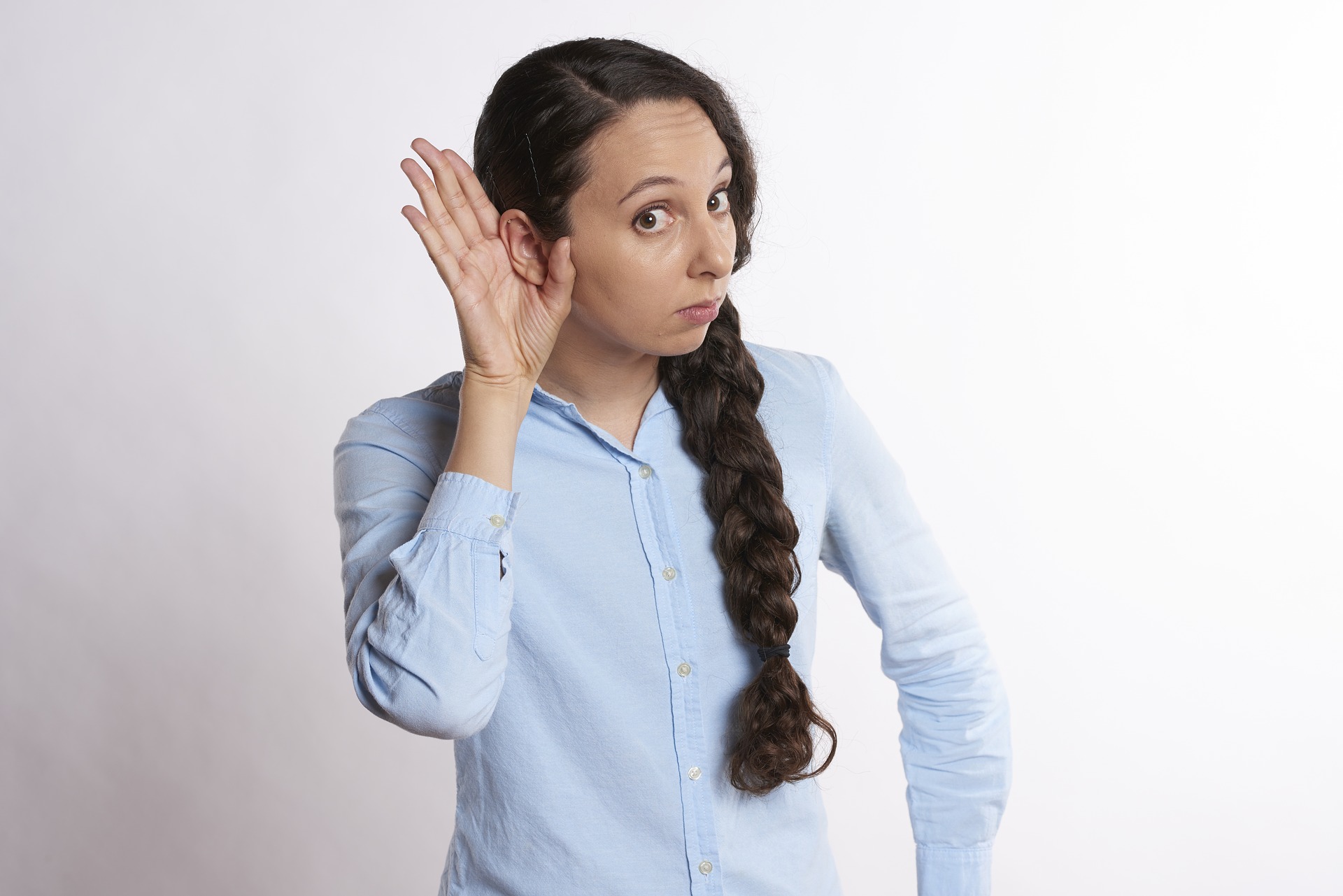About 20 percent of adults in the United States, 48 million, report some degree of hearing loss. Sixty percent of the people with that problem is either in the workforce or in educational settings.
While people in the workplace show little or no drop in income compared to their normal-hearing peers, as the hearing loss increases, so does the reduction in compensation.
Table of Contents
What is Hearing Loss?
It’s a major public health issue that is the third most common physical condition after arthritis and heart disease. Hearing loss can occur suddenly but usually develops gradually.
General signs
- Difficulty hearing other people clearly and misunderstanding what they say
- Asking people to repeat themselves
- Listening to music or watching television with the volume turned up higher than other people require
- Difficulty understanding words, especially against background noise or in a crowd of people
- Frequently asking others to speak more slowly, clearly, and loudly
- Withdrawal from conversations
- Avoidance of some social settings
With children, it is especially important to diagnose and treat their loss as early as possible.
Types of Hearing Loss
It is the result of sound signals not reaching the brain. There are two main types depending on where the problem lies.
1. Sensorineural Hearing Loss
Caused by damage to the sensitive hair cells inside the inner ear or damage to the auditory nerve. This occurs naturally with age or as a result of the injury.
Causes
- Exposure to loud noise
- Head trauma
- Virus or disease
- Autoimmune inner ear disease
- Runs in the family
- Aging (presbycusis)
- Malformation of the inner ear
- Meniere’s Disease
- Otosclerosis
- Tumors
2. Conductive Hearing Loss
When sounds are unable to pass from your outer ear to your inner ear, often because of a blockage such as earwax, glue ear, or a build-up of fluid from an ear infection, or because of a perforated eardrum or disorder of the hearing bones.
Causes
- Malformation of the outer ear, ear canal, or middle ear structure.
- Fluid in the middle ear from colds.
- Ear infection.
- Allergies.
- Poor Eustachian tube function.
- Perforated eardrum.
- Benign tumors.
- Impacted earwax.
- Infection in the ear canal.
- Foreign object in the ear.
- Otosclerosis.
3. Mixed Hearing Loss
It’s also possible to have both these types. Some people are born with hearing loss, but most cases develop as you get older.
Causes
The most typical causes of mixed hearing loss are the same as for conductive and sensorineural hearing loss, and include:
- Genetic factors
- Aging; after age 65, one out of three people has hearing loss
- Excessive noise, often from work or listening to loud music
- Certain medications
- Birth conditions
- Tumors and diseases
- Head trauma
- Ear wax
- Ear infections
Congenital Hearing Loss
Congenital means it’s present at birth. Congenital hearing loss can be caused by genetic or nongenetic factors.
1. Nongenetic factors
- Maternal infections, such as rubella (German measles), cytomegalovirus, or herpes simplex virus
- Prematurity
- Low birth weight
- Birth injuries
- Toxins including drugs and alcohol consumed by the mother during pregnancy
- Complications associated with the Rh factor in the blood/jaundice
- Maternal diabetes
- Toxemia during pregnancy
- Lack of oxygen (anoxia)
2. Genetic factors (hereditary)
Are thought to cause more than 50% of all hearing loss. Genetic defects can be present at birth or develop later on in life. Most genetic hearing loss can be described as autosomal recessive or autosomal dominant.
Other, rarer types include X-linked (related to the sex chromosome) or mitochondrial inheritance patterns.
Acquired Hearing Loss
Acquired hearing loss appears after birth. It can occur at any time in one’s life, as a result of an illness or injury.
Causes
- Ear infections (very common in children)
- Medications that are toxic to the ear
- Measles
- Encephalitis
- Chickenpox
- Flu
- Mumps
- Head injury
- Noise exposure
Medications
Certain medications can impair hearing and/or balance. More than 200 medications and chemicals have a track record of triggering hearing and/or balance side effects in addition to their disease-fighting capabilities.
These include some antibiotics and chemotherapy drugs, aspirin, loop diuretics, a drug used to treat malaria, and several drugs for erectile dysfunction.
Ear Infection
Ear infections happen when the middle ear becomes inflamed. The middle ear is the small space behind the eardrum. Ear infections are also called acute otitis media. They can happen in one or both ears. Ear infections are among the most common sicknesses during childhood and can be painful.
“Many children will have at least one acute ear infections by the time they turn 1 year old.”
Ear infections are so common in children because the passage between the middle ear and the back of the throat is smaller and more horizontal in children than in adults. This allows it to be more easily blocked by infections in the ear.
Sometimes children get fluid in their middle ear but don’t have an infection. This is called otitis media with fluid.
Noise
wears down hearing if it’s loud or continuous. In some workplaces, ears are exposed to noise levels every day.
To understand the impact of noise, consider this.
“44% of carpenters and 48% of plumbers report some hearing loss.”
Other noisy lines of work include the military, mining, manufacturing, agriculture, and transportation. Even musicians, who literally create music for our ears, are at risk for noise-induced hearing loss.
Some now wear special earplugs to protect their ears when they perform. The earplugs allow them to hear music without harming their ears’ inner workings.
Contact Us
If you, or anyone you know, worked in noise and suffers from hearing loss, please do not hesitate to contact us.
Contact Us



